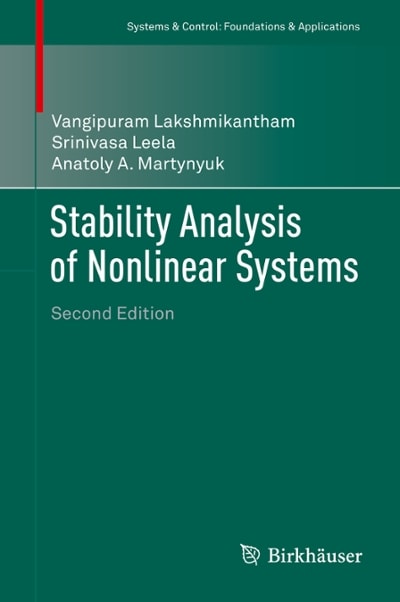Answered step by step
Verified Expert Solution
Question
1 Approved Answer
Have you ever pretended to be talking on your cell phone in order to avoid interacting with people around you? Is faking cell phone calls
Have you ever pretended to be talking on your cell phone in order to avoid interacting with people around you? Is faking cell phone calls a common practice among cell phone users? A survey conducted by the Pew Research Center during April 26 - May 22, 2011 asked a random sample of 1,858 American cell phone users to report whether they had faked a cell phone call in the past 30 days. A reporter for "International Business Times" took the Pew results and wrote that more than 1 in 10 cell phone users in the U.S. has engaged in such fake cell phone use in the past 30 days. In this exploration, we will investigate whether the survey results provide evidence that more than 1 in 10 cell phone users have faked call phone calls in the last 30 days. Step 1: Ask a research question. What is our research question? Step 2: Design a study and collect data. Identify the observational units, describe the sampling technique (Is it unbiased? Do you feel comfortable generalizing your conclusions to all cell phone users?), and identify the variable that is being measured/recorded on each observational unit. Describe the parameter of interest in words. (Use the symbol to represent this parameter). State the null and alternative hypotheses to be tested. Step 3: Explore the data. Of the 1,858 cell phone users, 13% admitted to faking cell phone calls in the past 30 days. Is the 13% a statistics or parameter? How do you know? Step 4: Draw inferences. Use the 3S strategy to investigate how much evidence the sample data provides to support the conjecture that more than 1 in 10 cell phone users fake cell phone calls. Identify the statistic that summarizes the data collected in the study. Use the One Proportion applet to simulate 1,000 repetitions of a random process, assuming the proportion of cell phone users who fake calls is 0.10. Report what values you input into the applet. Provide a screenshot or visualization of the output. Describe the chance model - where is the center of the simulated distribution? Are there many or few instances of simulated sample proportions that are greater than 0.10? Determine the approximate p-value from your simulation analysis. Interpret what this p-value represents (The p-value represents the probability that...) Step 5: Formulate conclusions. Step back and think about the scope of our inference. What are the wider implications? Do you think that your conclusion holds true for people in general? What is the broader population we can generalize to? Link this back to the technique we used to gather data to answer these questions. Step 6: Look back and ahead. Summarize your findings. If you were to repeat this study, what would you do differently? Why
Step by Step Solution
There are 3 Steps involved in it
Step: 1

Get Instant Access to Expert-Tailored Solutions
See step-by-step solutions with expert insights and AI powered tools for academic success
Step: 2

Step: 3

Ace Your Homework with AI
Get the answers you need in no time with our AI-driven, step-by-step assistance
Get Started


